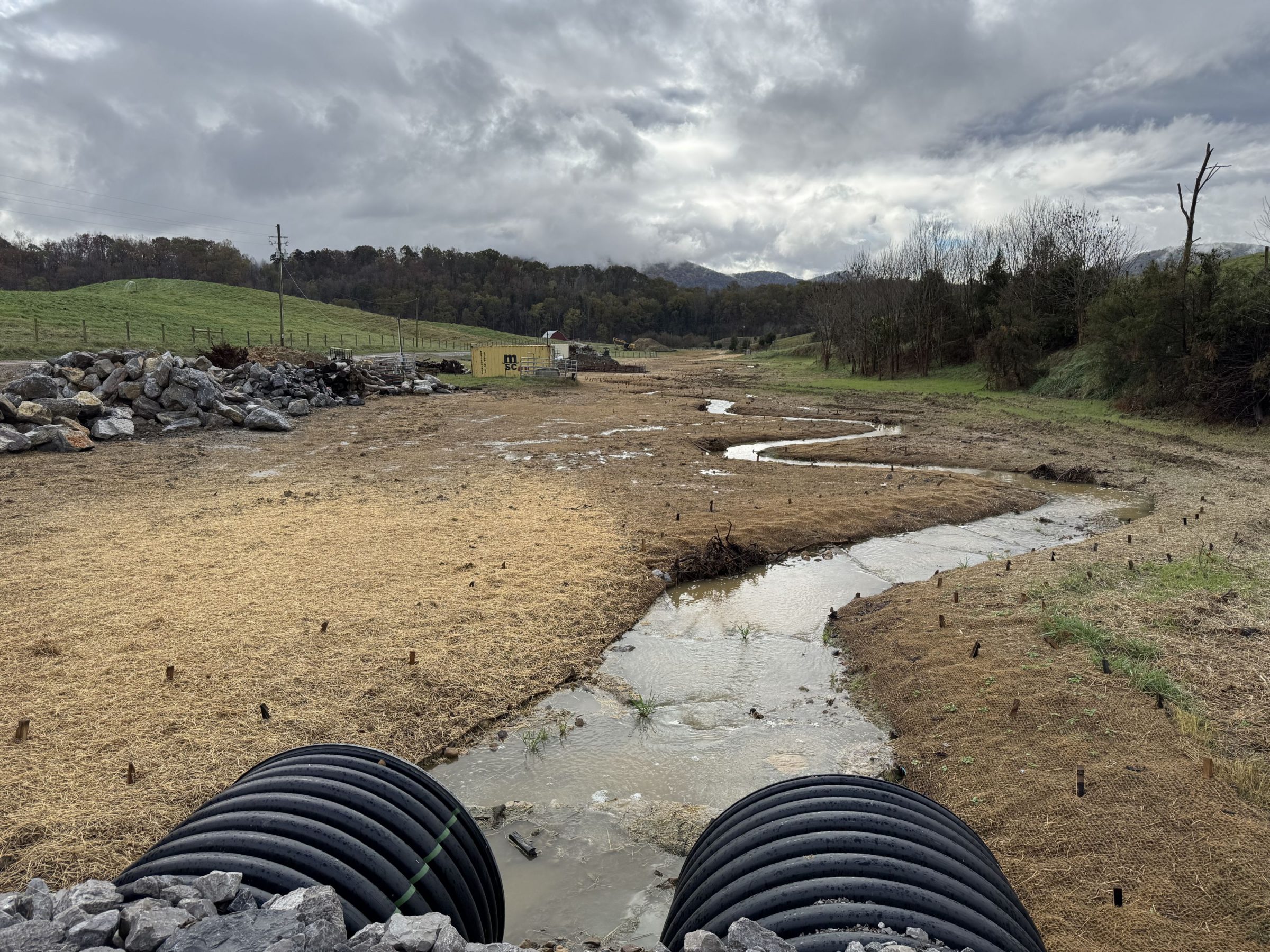TDOT Environmental Mitigation Credits
CONTACT


The goal of the Bank is to restore the ecological function of the degraded water resources
PROJECT SNAPSHOT
Project Type
Mitigation BankLocation
Tennessee | Hamilton, Knox, and Shelby CountiesProject Size
- Streams: 68,500 LF
Solution
Wetland and Stream MitigationCredit Types
- CWA 404
- Riparian
- Stream
- Wetland
Ask About Credits
The Tennessee Department of Transportation (TDOT) selected RES to provide environmental mitigation credits to offset unavoidable environmental impacts from roadway projects across Tennessee. RES was awarded three sites, resulting in 68,593 linear feet of stream restoration, enhancement, and preservation.
For each, RES is responsible for site selection, land acquisition, survey, design, permitting, construction, monitoring, and adaptive management to support TDOT’s restoration goals. RES is performing restoration efforts in multiple locations across the state, including the Chattanooga, Knoxville, and Memphis areas. Environmental feasibility services provided by RES included delineating wetlands and streams on the site subject to jurisdiction by the US Army Corps of Engineers (USACE) under Section 404 of the Clean Water Act. RES utilized the currently accepted 1987 Corps of Engineers Wetlands Delineation Manual and appropriate Regional Supplement to delineate and flag potentially jurisdictional areas on-site and collect all necessary data. Stream construction tasks will include mobilization, erosion, sediment control installation, clearing and grubbing, stream flow maintenance, rock/log structure installation, riffle grade control installation, bank stabilization matting, seeding, and planting.
The overall goal of the Bank is to restore, to the greatest extent possible, the ecological function of the highly degraded aquatic resources at each site. A primary objective of achieving this goal will be to generate stream compensation credits that fully mitigate authorized losses of streams, which are waters of the U.S. (WOTUS), in a manner that best contributes to the long-term ecological health of the watershed. The Bank will accomplish this objective by implementing various mitigation measures, including stream re-establishment, restoration, enhancement, and riparian buffer planting. These activities are intended to produce watershed-scale improvements of ecological services that will replace the chemical, physical, and biological function of stream channels and riparian areas within the proposed service area lost due to authorized impacts.
